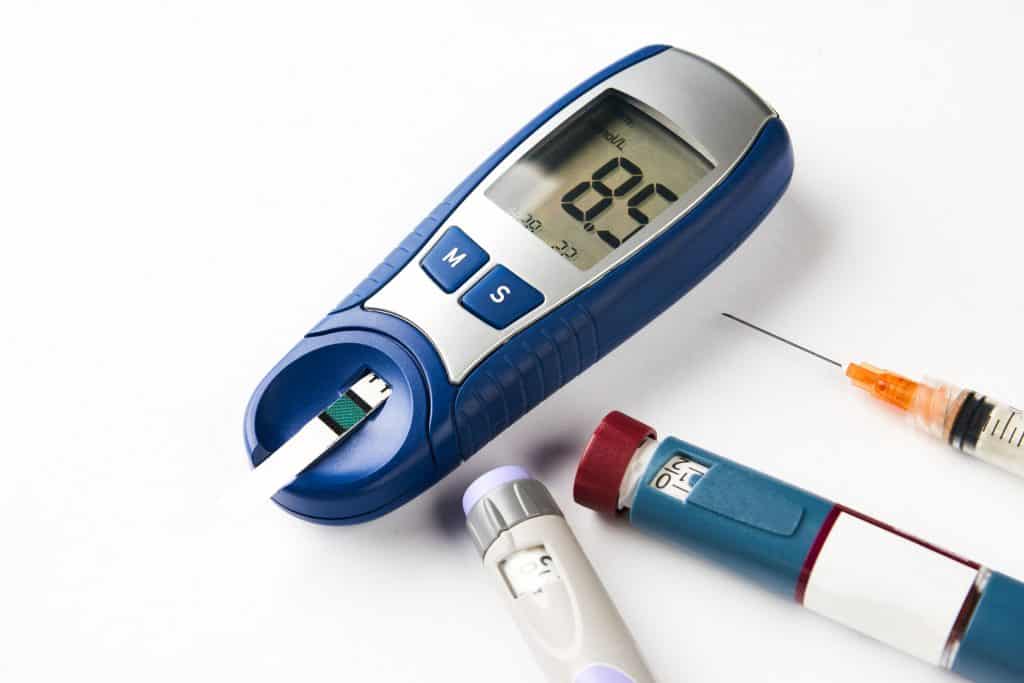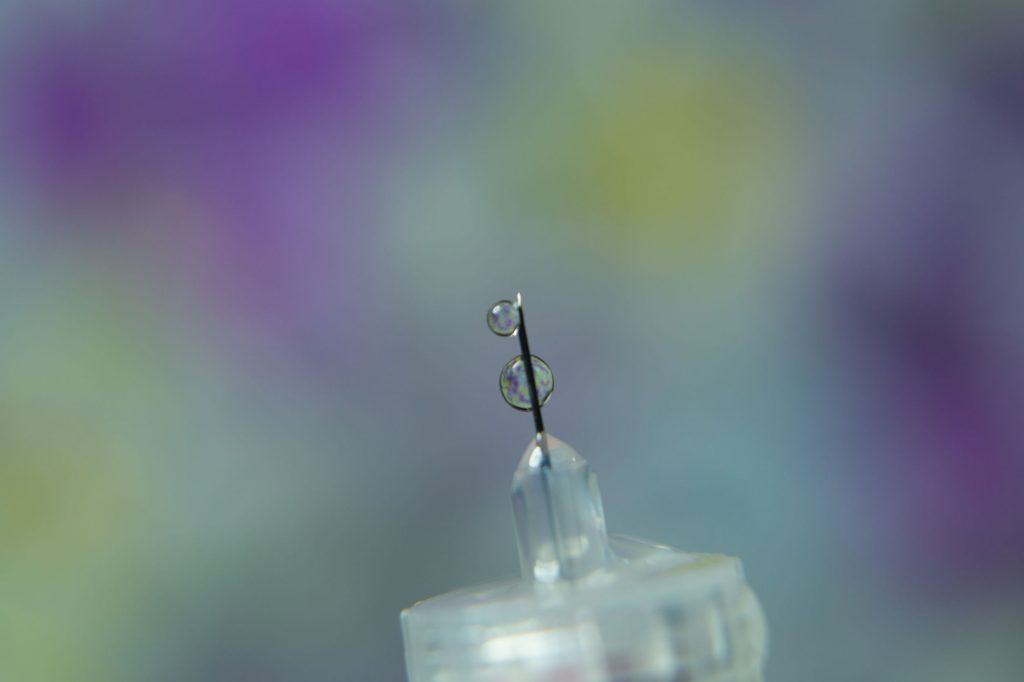What is Insulin Stacking? Why it’s Dangerous, Solutions, a Guide
Posted by Prescription Hope - See Editorial Guidelines (Last Updated On: Fri Apr 28 2023)
Insulin-dependent diabetes patients that have been struggling with high blood sugar levels will need insulin injections to bring their blood sugar back into range. However, patients may be tempted to stack their insulin to get their glucose levels back down.
In this article, we will discuss what insulin stacking is and why you should avoid doing it. Here is a quick answer to get you started before we get into more details.
What is Insulin Stacking? Insulin stacking is characterized as injecting rapid-acting insulin multiple times at close intervals. Insulin has a duration of action, and injecting more insulin before the previous dose has had time to affect fully can be dangerous and lead to hypoglycemia. Insulin stacking is often done due to an emotional response to high blood sugar levels.
I can speak from my personal experience as a person with diabetes that I have stacked my insulin before, and it often causes more frustration. So, let’s get into more of what insulin stacking is and why you need to avoid it.
What is Insulin Stacking?

Insulin stacking often creates a cycle of fluctuating blood sugar levels, making you feel irritable and exhausted. It is defined as administering a correction dose of rapid-acting insulin within about three hours of a previous correction dose.
Those with diabetes that have spikes in their glucose or chronic high blood sugars often become worried about complications. Even seeing my blood sugar go over 200 mg/dL gets me worried about the potential long-term consequences, including nerve damage, vision problems, and problems with the kidneys. My goal is to avoid complications such as these at all costs, as do many other patients.
So, it is natural for individuals to want to bring their blood sugar levels down as quickly as possible. This is where insulin stacking comes into play. Say your blood sugar is 250 mg/dL, and you inject a correction dose of rapid-acting insulin. An hour and a half later, your blood sugar is 240 mg/dL. It is still high, and there hasn’t been much progress, so you inject another correction dose. That first injection hasn’t had time to have a full effect before you gave your second injection. You have now stacked your insulin because you had an emotional response to the high reading, which worries you.
Patients may be more likely to stack their insulin if they are using a continuous glucose monitor (CGM). CGMs are great and are beneficial for most patients. However, they can cause more harm at times. They measure your blood glucose every five minutes. So, patients using a CGM will continuously monitor their blood sugar every few minutes, which makes it seem like it takes even longer for high blood sugars to come down.
Why Insulin Stacking is Dangerous
Insulin stacking can be severely dangerous. By injecting rapid-acting insulin multiple times within short intervals, you are putting yourself at a high risk of having severe low blood sugar. Hypoglycemia can lead to seizures, unconsciousness, and even death.
When one experiences a hypoglycemic event, they may overeat or consume too many carbohydrates to bring their blood sugar back up. This can cause a rapid spike in blood sugar levels. So, to bring insulin back down again, a person may stack their insulin.
So, a roller coaster of glucose levels starts to occur. Therefore, your time in range will be poor, and the fluctuations in glucose levels will make you feel exhausted and irritable. The lack of blood glucose control can also make you more susceptible to illnesses and infections.
Solutions
Now that you have a better understanding of why insulin stacking is so dangerous let’s discuss what we can do to prevent this from happening.
Have Patience
We live in a 15-second world. We can often get what we want with a few clicks of a button, and we rarely have to wait to get what we want anymore. So, patience has become a lost virtue for many, but it is crucial to have patience when struggling with hyperglycemia. It can take up to four hours for you to see your blood sugar to come back down. Impatience often leads to insulin stacking. Therefore, wait four to five hours after your first correction dose before you administer more insulin. Do your best to avoid having an emotional response.
Bolus Calculator

Many glucose meters and most insulin pumps come with an internal bolus calculator. They have been highly beneficial for preventing insulin stacking, as the bolus calculator takes into account DIA (duration of insulin action). DIA refers to how long insulin works in the system. For example, rapid-acting insulins can last up to five hours, but they peak at about 1 hour. So, fours after injecting rapid-acting insulin, there is still a small portion of the insulin doing its job. The amount of insulin still working is referred to as insulin-on-board (IOB). So, when you use a bolus calculator, it will take all this information into account, plus your current blood sugar reading, and determine the accurate dose you need without insulin stacking.
Understand Patterns
One of the best ways to prevent insulin stacking is to prevent your blood sugar from going high in the first place. To better understand what causes spikes in your blood sugar, you must know the patterns. Having a CGM will greatly help with this. However, by tracking your blood sugar levels often and jotting down notes of the foods you’ve eaten, the amount of insulin administered, daily activities, and so on will help you keep your blood sugar under control. Thus, you are limiting your likelihood of stacking insulin.
Take a Walk
If you are having hyperglycemia and are having trouble getting your blood sugar back into range, then take a walk. Studies have shown that taking a walk after a meal can improve your overall blood sugar control. Walking gets your heart rate up, and your muscles start to pull glucose from the bloodstream for energy. Therefore, there is a decrease in glucose in the bloodstream at the end of walking. Therefore, taking a walk when you have high blood sugar can help bring your blood sugar down without insulin stacking.
If you have blood sugar over 250 mg/dL, you should check your urine for ketones. The presence of ketones can indicate diabetic ketoacidosis, which requires immediate medical attention.
Conclusion
We hope that through reading this, you have a better grasp of what insulin stacking is and why it can be harmful to your health. We hope you are able to gain better control over your condition by implementing the tips mentioned above. It is important to mention here that you should never make changes to your treatment regimen without first consulting your doctor.
If you are struggling to afford your prescribed medication, then Prescription Hope is here to help. We work with pharmaceutical manufacturers to provide you with a set, affordable cost for your medicine. Enroll with us and start paying just $60.00 a month through Prescription Hope’s medication access service for each of your prescription drugs .
What is insulin stacking?
Insulin stacking is defined as administering multiple doses of insulin in short intervals before the first injection of insulin has had time to work fully. For example, you are insulin stacking if you administer a second injection of insulin to correct a high just two hours after the first injection, as rapid-acting insulin has a duration of about five hours.
How close together can you take insulin?
How close together you can take insulin will vary depending on the type of insulin you are taking. Rapid-acting insulin has a duration of about five hours, so you should not take another dose of insulin until four to five hours after your first dose unless it is a mealtime bolus.
What happens if you double up on insulin?
Doubling up on insulin creates an excess amount of insulin in your bloodstream, causing your cells to uptake too much glucose from the bloodstream. It also prevents the liver from releasing an appropriate amount of insulin. This can cause severely low blood sugars (hypoglycemia), which is life-threatening and must be treated immediately.
ENROLL



